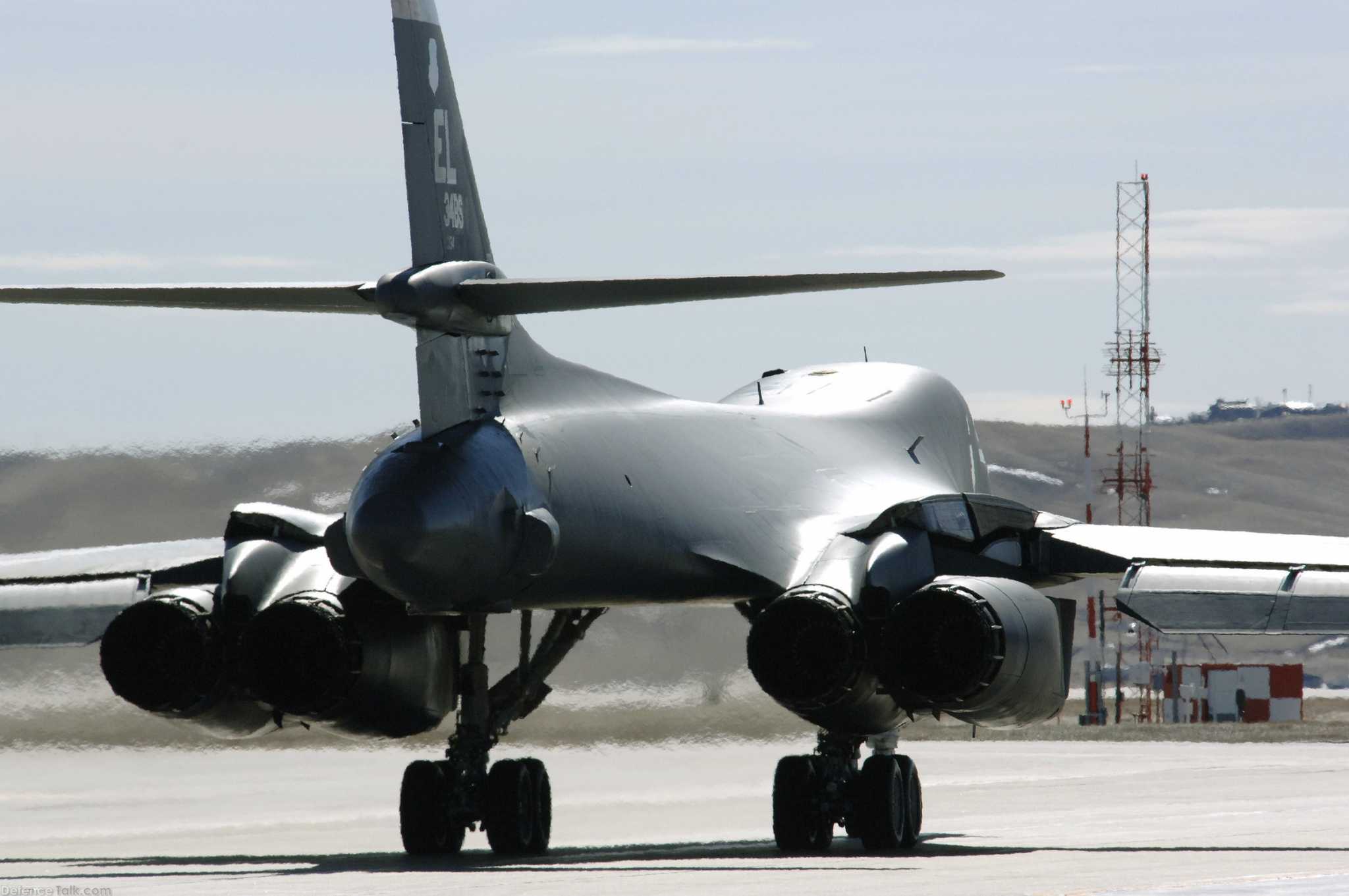DYESS AFB, Texas: On May 18, the last of two 337th Test and Evaluation Squadron B-1B Lancers returned to Dyess from a training mission to Andersen Air Force Base, Guam, during which the B-1’s Block-16 upgrade and inertial navigation system replacement (INS-R) were evaluated on long-duration and trans-hemispheric sorties.
The primary purpose of these sorties was to test the Block 16A upgrade alongside the INS-R to validate the aircraft’s latest software upgrades before releasing it for operational use by the B-1 platform.
“The number one benefit of these sorties was that we proved we can take off from the continental United States, fly to a completely different theater, set up our own datalink, mission planning cell, and maintenance contingent and execute missions from this deployed location in an extremely short period of time, with a relatively small logistical footprint,” said a 337th B-1 instructor pilot.
Block-16 is an overarching software update that controls and integrates all hardware modifications under the integrated battle station program, which is comprised of the vertical situation display upgrade, central integrated test system and the fully-integrated data link.
By introducing Block-16A, it is making interface for pilots and weapons officers of the B-1 more intuitive.
“Block 16 and its refinements will prove to be a game changer for the B-1,” said the 337th TES director of operations. “Not only does it add capabilities and increase situational awareness within the jet but it adds invaluable situational awareness on where we are and what we are doing.”
Block-16A has improved upon the Block-16 upgrade, easing the crew’s interface with the new software and making the B-1’s integration with other air assets more seamless.
“The 337th TES has spent a considerable amount of time running the jet through the wringer at multiple integration opportunities,” said 337th TES director of operations. “In almost every case, package players routinely commented on how much easier it was for them to integrate with us, based simply on having continuous, accurate information on our location and situation.”
Prior to these sorties, a B-1 outfitted with Block 16A INS-R had not yet crossed the equator or the international date line. In the past, other aircraft have experienced navigational issues on their first global sorties.
“As we make the transition from Air Combat Command to Global Strike Command, these sorties demonstrate the global capabilities of the B-1B Lancer, which is our mission,” said 337th TES director of operations.
In addition to demonstrating the B-1’s long-range strike capability, the training mission provided an opportunity for B-1 aircrews to develop tactics, techniques and procedures for maritime air operations.
Also while in the Asia-Pacific region, the 337th TES had the chance to integrate with the B-52H of the 20th Expeditionary Bomb Squadron. During their integration, the aircraft simulated close-air support and Joint Air to Surface Standoff Missile strikes, enhancing the interoperability of the bombers in preparation for the B-1’s transition to Global Strike Command.
“While in Guam, we were able to mission plan with the B-52s in their environment, garnering insight into abilities, limitations and factors that go into planning and executing a B-52 mission,” said a 337th B-1 instructor pilot. “We were also able to open the eyes of the B-52 unit to our current and future capabilities.”
The 337th is set to complete testing on Block-16A by the end of the summer.











